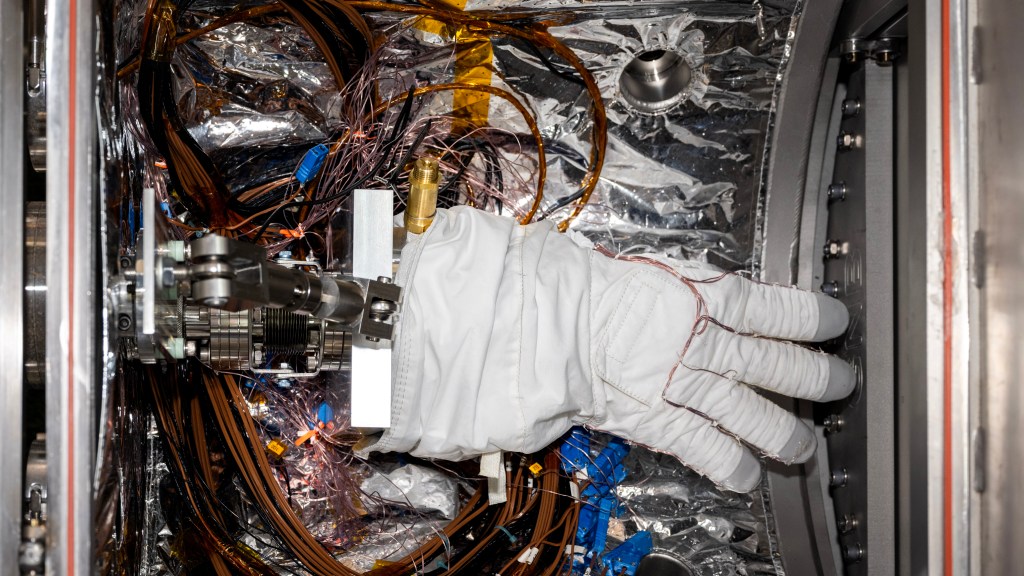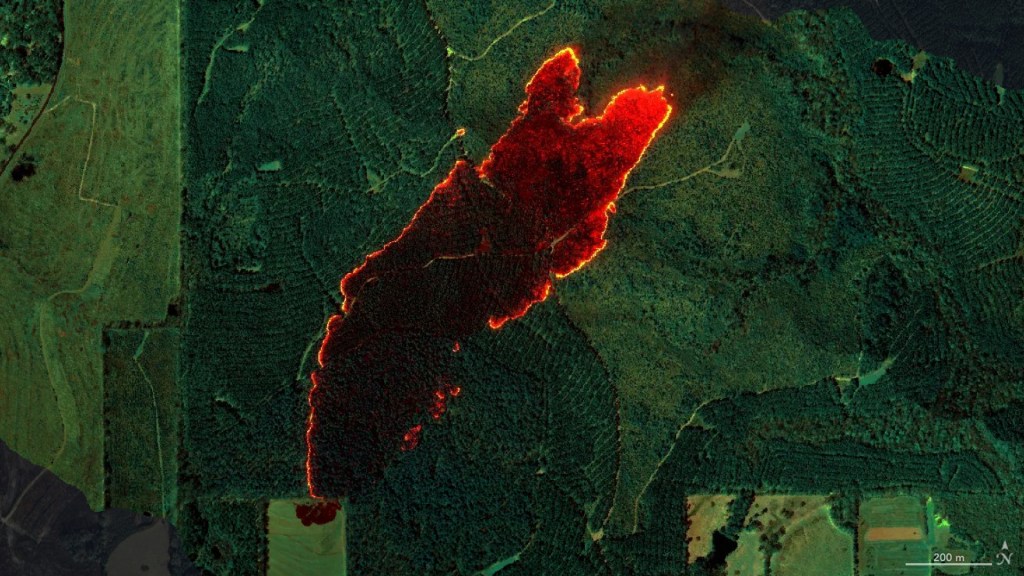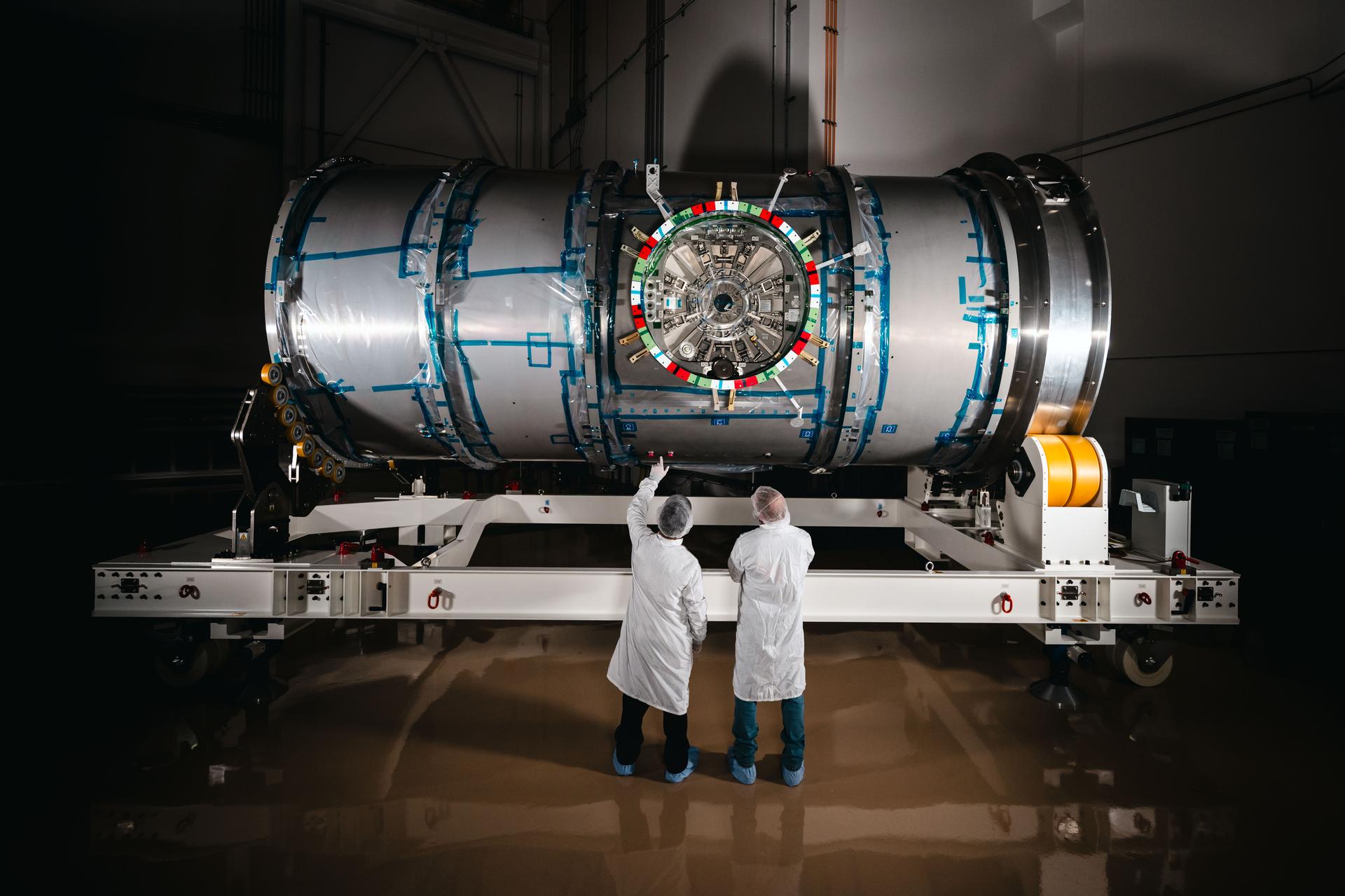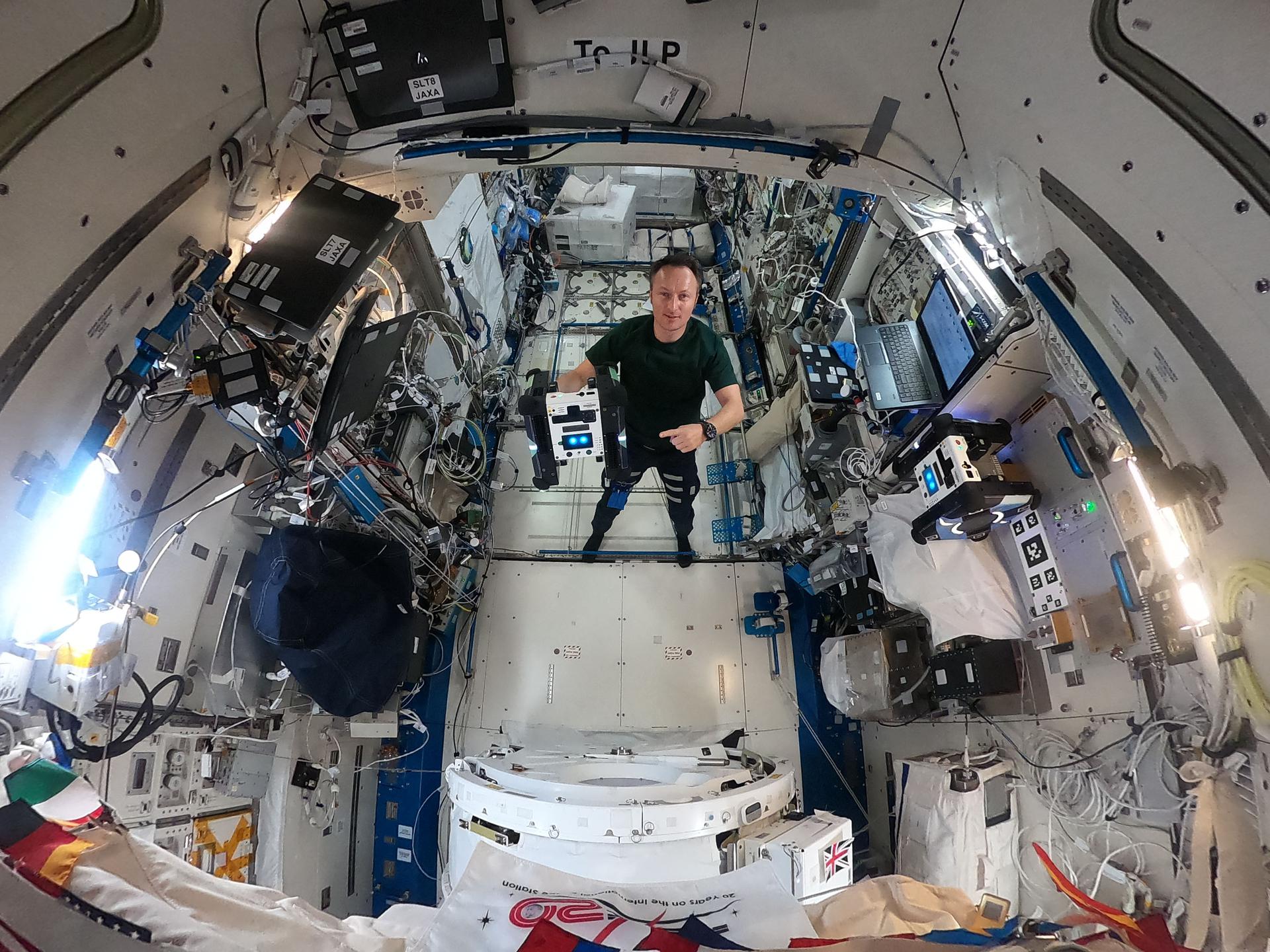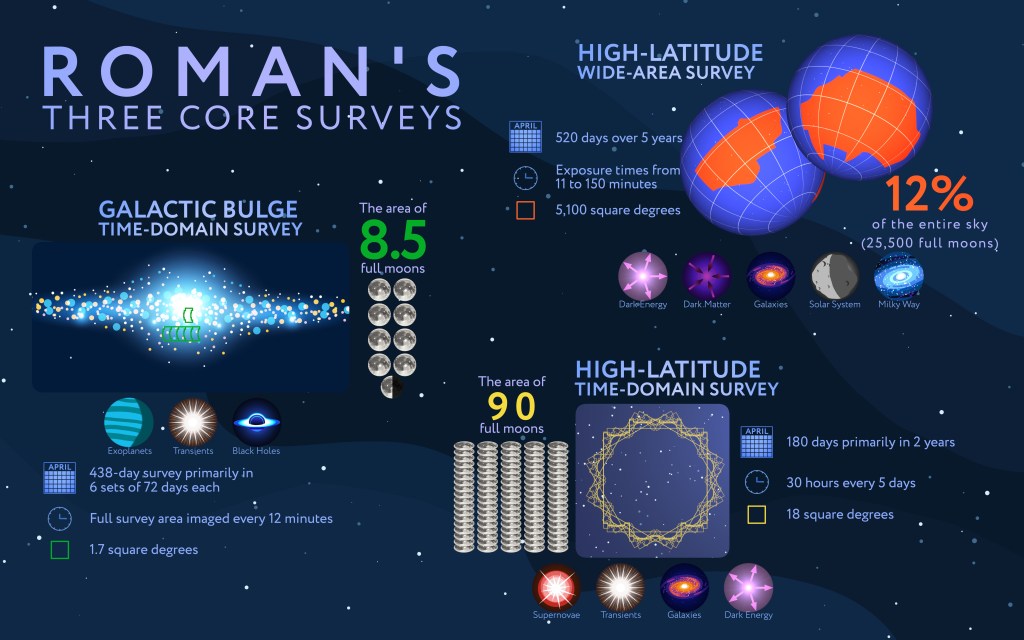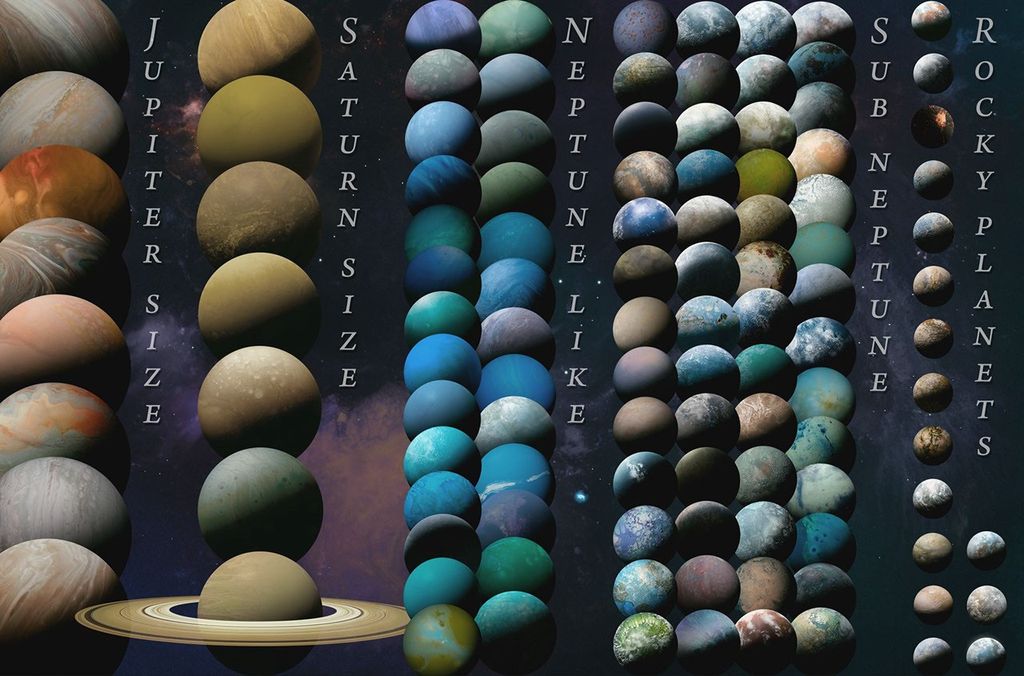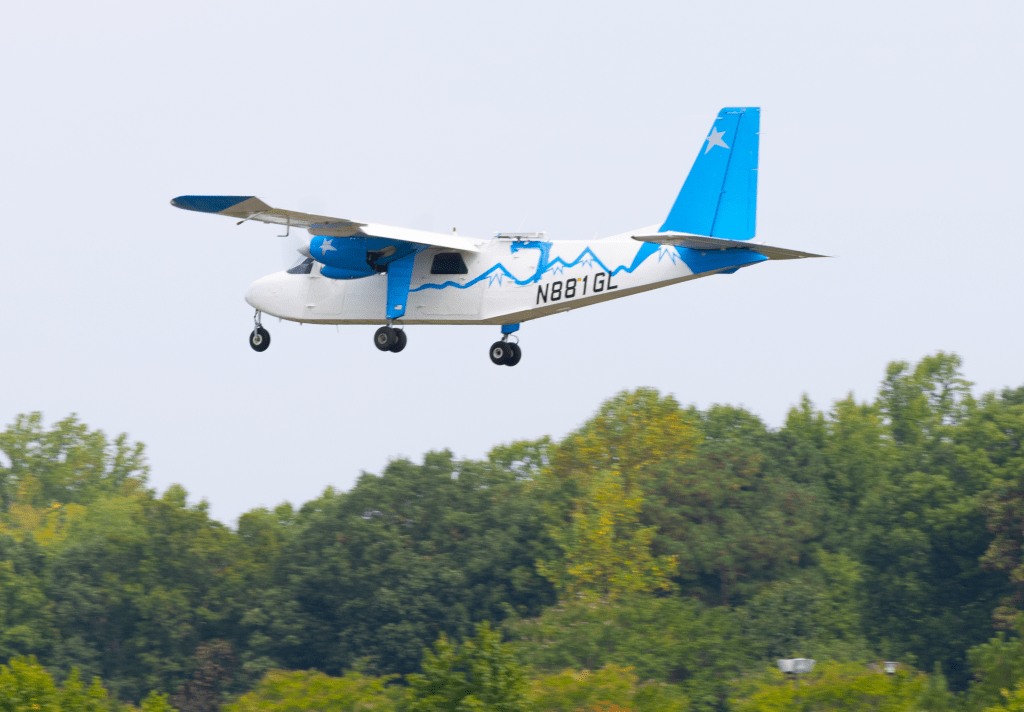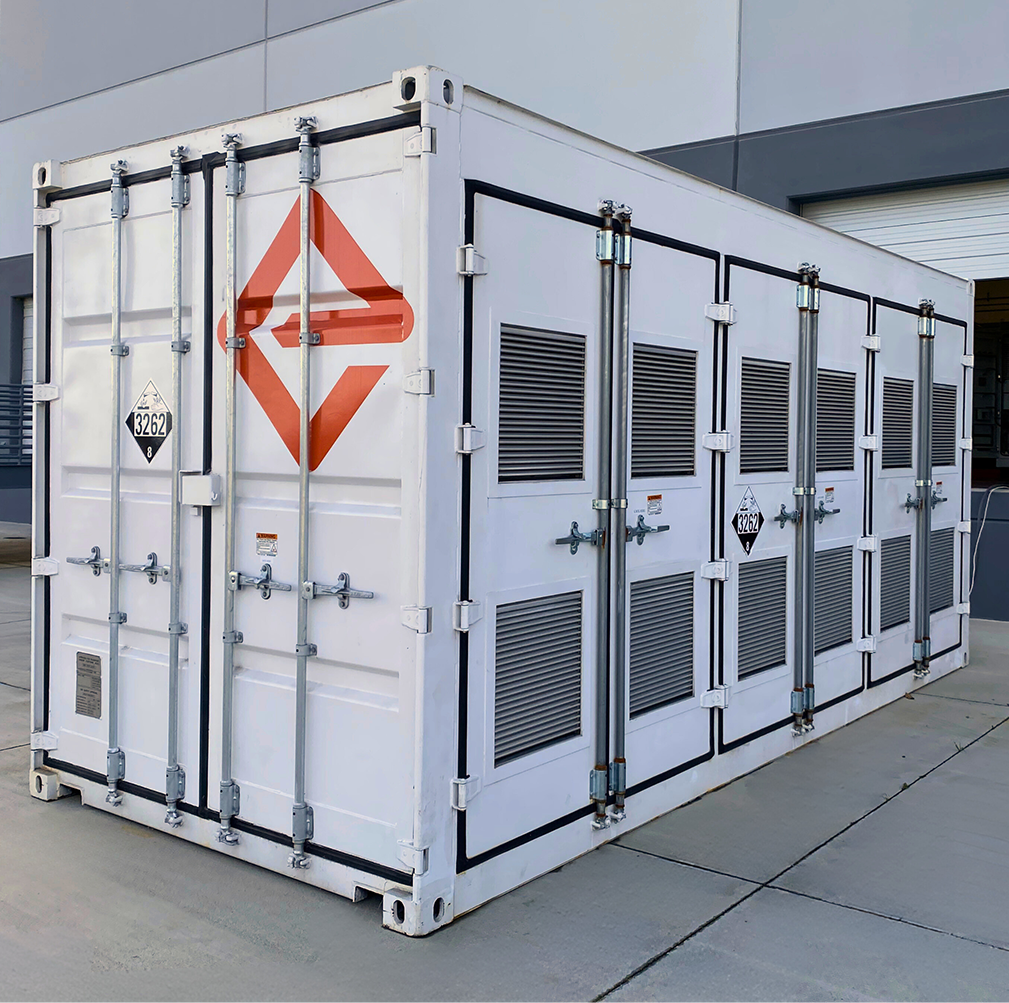Hannah Stuart
University of California, Berkeley
We will start by creating and validating a model for the design of environment attachment mechanisms, with accompanying realization methods, for the integration with multiple small running robots. This will include empirical resistive force theory (RFT) to understand how the details of foot/gripper shape, force application and soil conditions influence the abilities of each individual to contribute to the team of robots. Likely we will want to penetrate the soil in order to resist higher maneuver forces. This aim includes the testing of individual agent performance in gripping and maneuverability, while also understanding how this capability scales to multiple agents. We will then generate a framework for controlling multi-agent teams to collaborate on extreme locomotion and manipulation maneuvers pertinent to space terrains. This includes using the results from the RFT model developed to guide the integration of sensors to detect and prevent attachment failure. We will validate the models developed with an experimental multi-agent laboratory testbed simulating varied terrains. In accordance with the Coordinated Multi-Robots for Planetary Exploration, this project both works to understand the abilities of small robots to perform forceful manipulation as a team and will develop the control models and implemented hardware realization for demonstrating this novel technology. Lightweight platforms hold tremendous value for space exploration, if they are fully capable of the forceful tasks and large scale maneuvers necessary to complete the mission.


